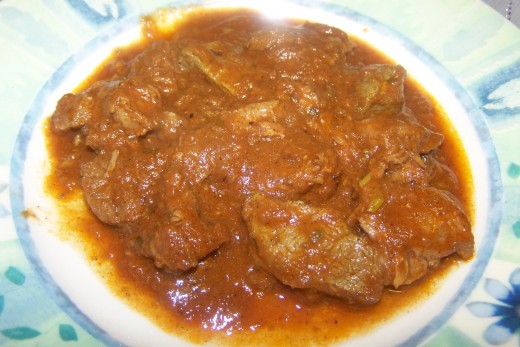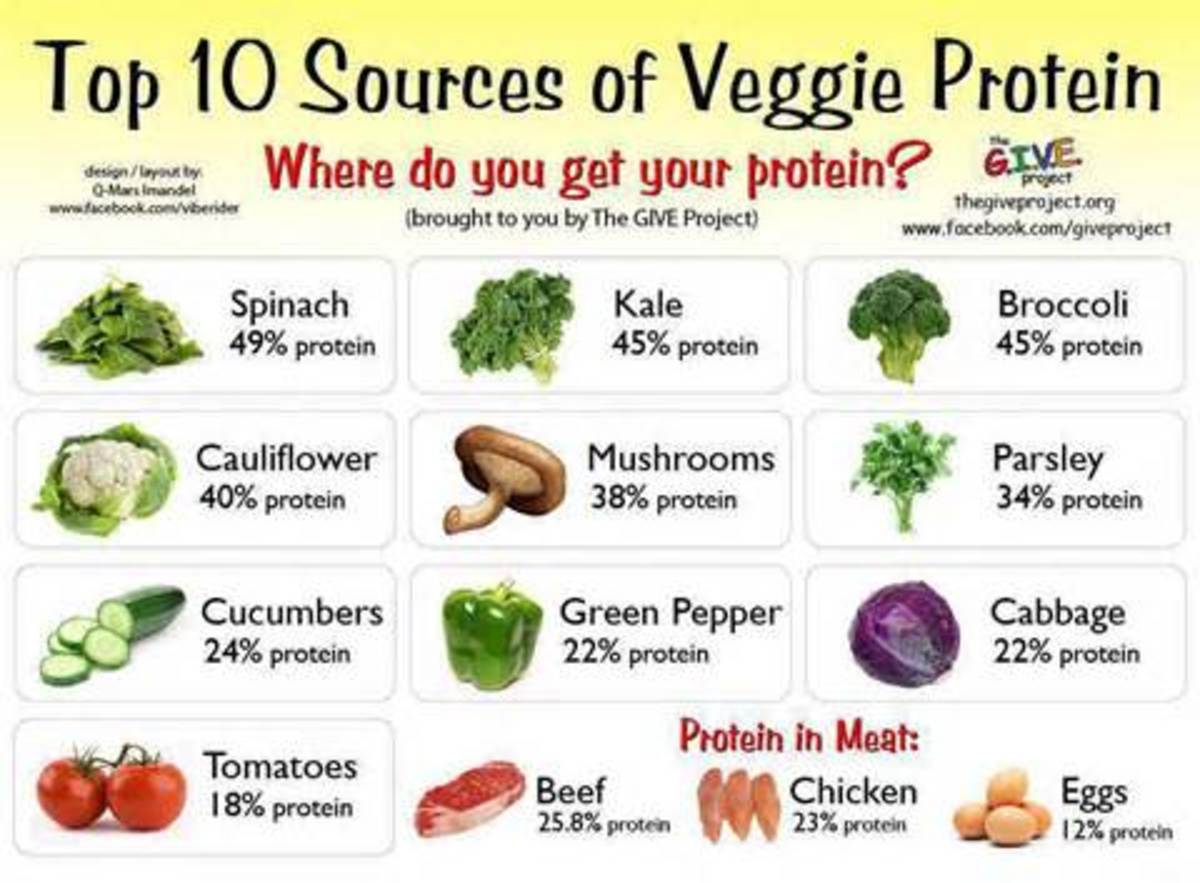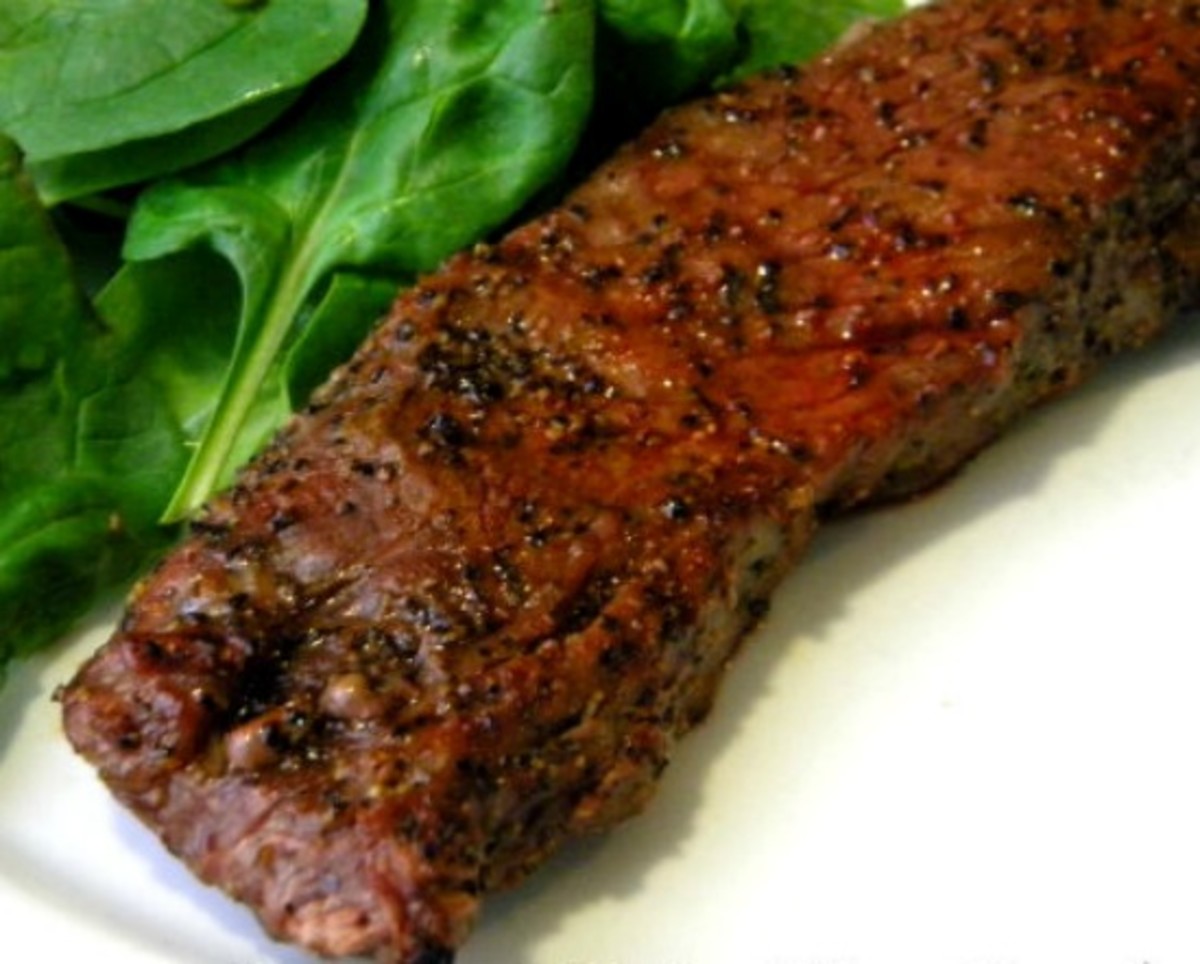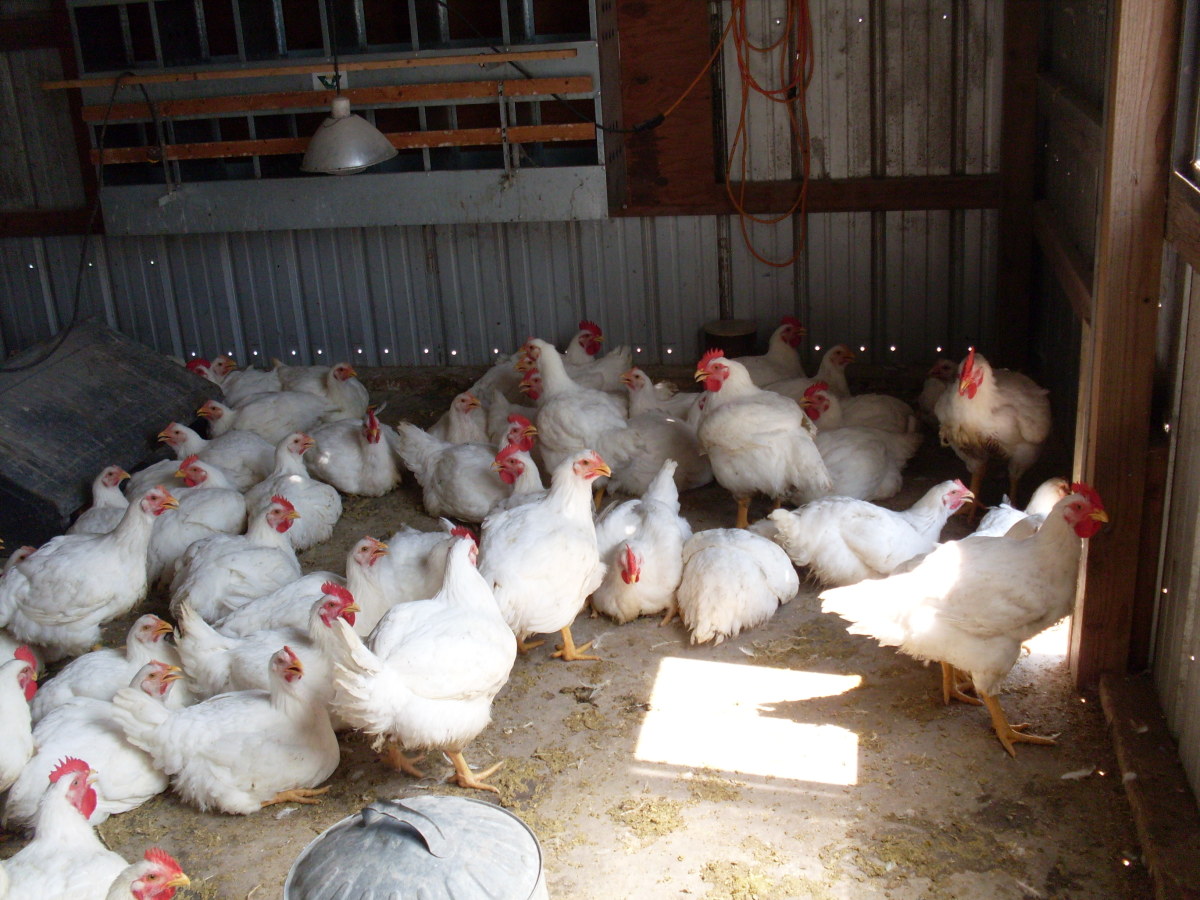Nutritional Composition of Meat
Meat can be considered as a prime food for humans since it serves to produce energy for production of new organic tissues and regulation of physiological processes in our body with the help of its protein, fat, and vitamin constituents. The greatest benefits of meat nutrition are quality and quantity of amino acids in the muscles, importance of iron content, and essential fatty acids and vitamin B complex it provides.
Protein Composition of Meat
The myofibrillar protein of animal meat has high biological value due to the availability of essential amino acids and digestibility.
According to research, it has been found that digestibility of protein fraction of meat varies from 90% to 100%. Meat protein contains all essential amino acids that are beneficial to human beings. There are a lot of variations in protein content of meat related to diet, age, sex, and breed of the animal it has been taken from.

Fat Composition of Meat
There are a lot of variations in fat present in meat and this is influenced by several factors such as race, sex, and feed given to the animal.
The total energy value of meat fat is 8.5 cal/g.
The fat of meat, besides the energy aspect, is really important for essential fatty acids and fat soluble vitamins and that is also indispensable for sensory aspects of flavor and culinary use.
The digestibility of fat varies depending on the fatty acid constituent of a meat. With the internal fat of meat (more saturated fat), digestibility is around 77% while the external fat of meat reaches 98%.Vitamin Composition of Meat
Meat has most of allfat-solublevitamins namely vitamin A, D, E and K. Meat also has water-soluble B complex constituting of riboflavin, nicotinamide, thiamine, pantothenic acid, pyridoxine, folic acid, cobalamin, niacin, biotin, and a little bit of vitamin C.
Yes, just like protein and fat composition of meat, there are a lot of variations in vitamin content in meat in relation to age with young animals have lower levels of vitamin B12 and those in the last phase of life have higher levels of fat-soluble vitamins.
The main importance of vitamins is verified by their participation in enzymes of human organism.
Regarding the fat-soluble vitamins, the importance of meat as a source of vitamin A for foods of animal origin are only sources of vitamin A biologically active.
The great benefit of meat as a source of vitamins is the availability of vitamin B complex, which performs functions essential to growth and maintenance of human body.
Mineral Composition of Meat
Meat has all the minerals, especially the presence of potassium, phosphorus, iron, sodium, zinc, and magnesium. Mostly all minerals vital to human beings are present in meat and these are most closely linked to lean tissue.
The meat is a significant source of iron and around 40% to 60% of iron from meat is highly absorbable.
Water Composition of Meat
About 70% to 75% of meat muscle is composed of water. In young animals, this proportion is higher and in older animals having muscles with higher fat content, this ratio decreases. The importance of water in meat is that it serves as a vehicle for many inorganic and organic substances. Moreover, water content in meat is part of the cellular structures.
So at last, I would say that meat has a lot of nutritional value because it is composed of major constituents like fats, proteins, and vitamins and other constituents like nicotinamide, riboflavin, thiamine, pyridoxine, folic acid, pantothenic acid, cobalamin, niacin, biotin, and vitamin C which form B complex. Some of these elements can be derived from other foot products but not everything.







